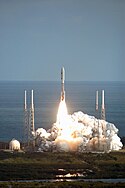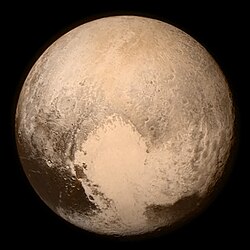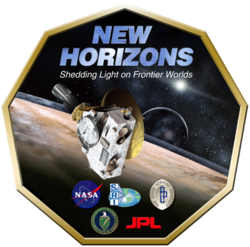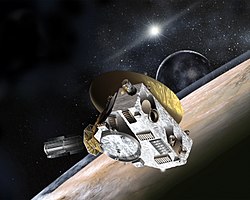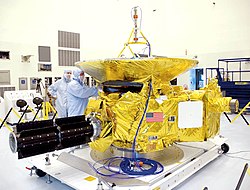Jupiter Weaver02 NASA
The Little Red Spot is the second largest storm on Jupiter, roughly 70% the size of the Earth, and it started turning red in late-2005. The clouds in the Little Red Spot rotate counterclockwise, or in the anticyclonic direction, because it is a high-pressure region. In that sense, the Little Red Spot is the opposite of a hurricane on Earth, which is a low-pressure region - and, of course, the Little Red Spot is far larger than any hurricane on Earth. Scientists don't know exactly how or why the Little Red Spot turned red, though they speculate that the change could stem from a surge of exotic compounds from deep within Jupiter, caused by an intensification of the storm system. In particular, sulfur-bearing cloud droplets might have been propelled about 50 kilometers into the upper level of ammonia clouds, where brighter sunlight bathing the cloud tops released the red-hued sulfur embedded in the droplets, causing the storm to turn red. A similar mechanism has been proposed for the Little Red Spot's "older brother," the Great Red Spot, a massive energetic storm system that has persisted for over a century.
New Horizons is providing an opportunity to examine an "infant" red storm system in detail, which may help scientists understand better how these giant weather patterns form and evolve.Relevantní obrázky
Relevantní články
New HorizonsNew Horizons je americká planetární sonda, určená k průzkumu trpasličí planety Pluto, jejích měsíců a dalších transneptunických těles (TNO). Je to první expedice v rámci nového rámcového programu NASA New Frontiers. Sondu postavila a provozuje Laboratoř aplikované fyziky (APL) při Univerzitě Johnse Hopkinse. Projekt v rámci programu New Frontiers financuje ředitelství vědeckých misí při ústředí NASA. Vývoj vědeckého vybavení koordinuje Southwest Research Institute (SwRI). .. pokračovat ve čtení

